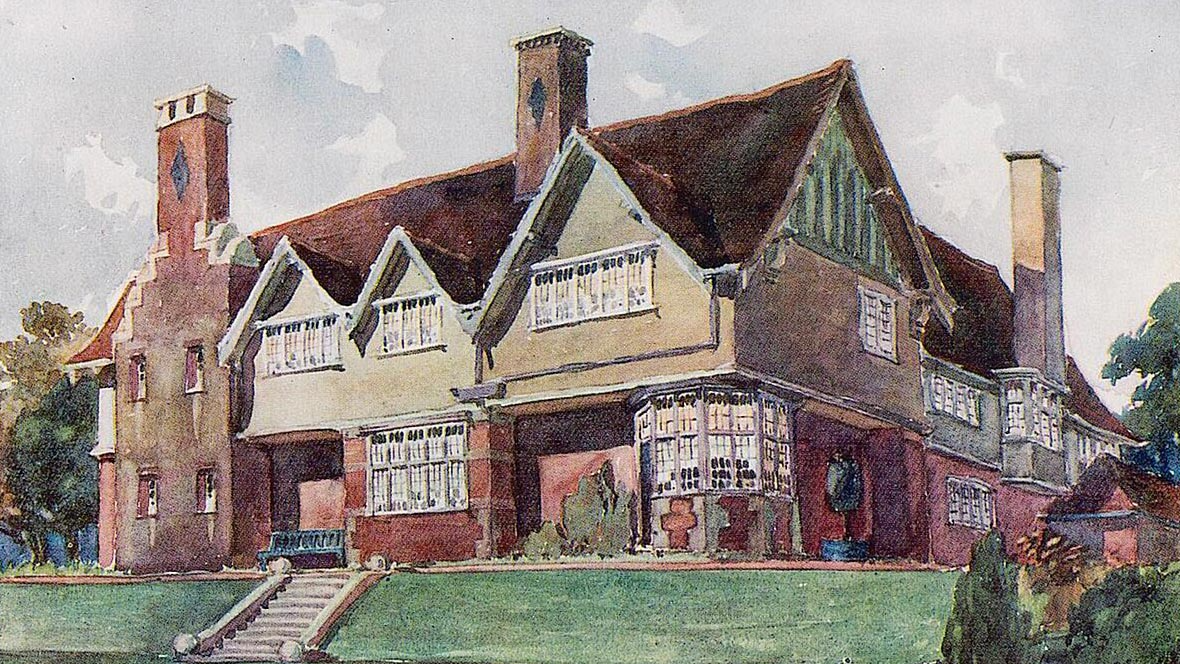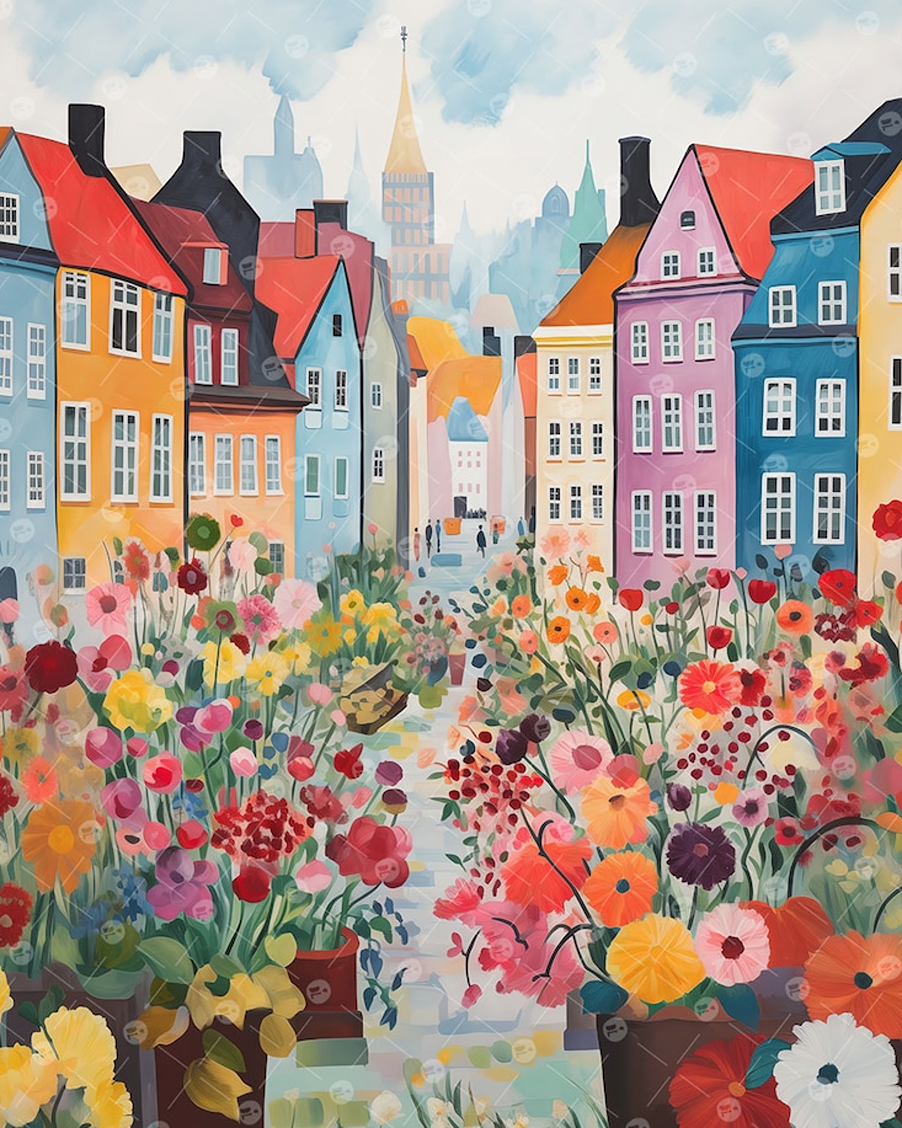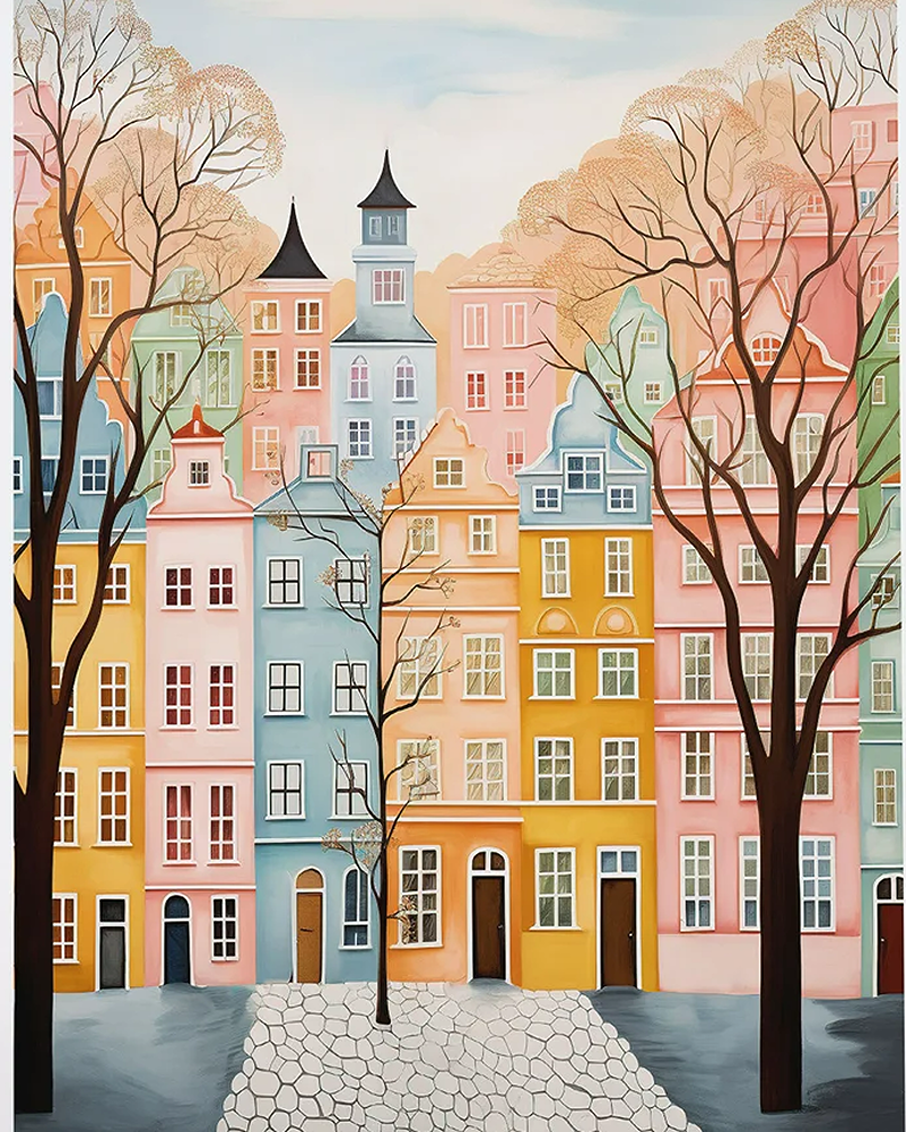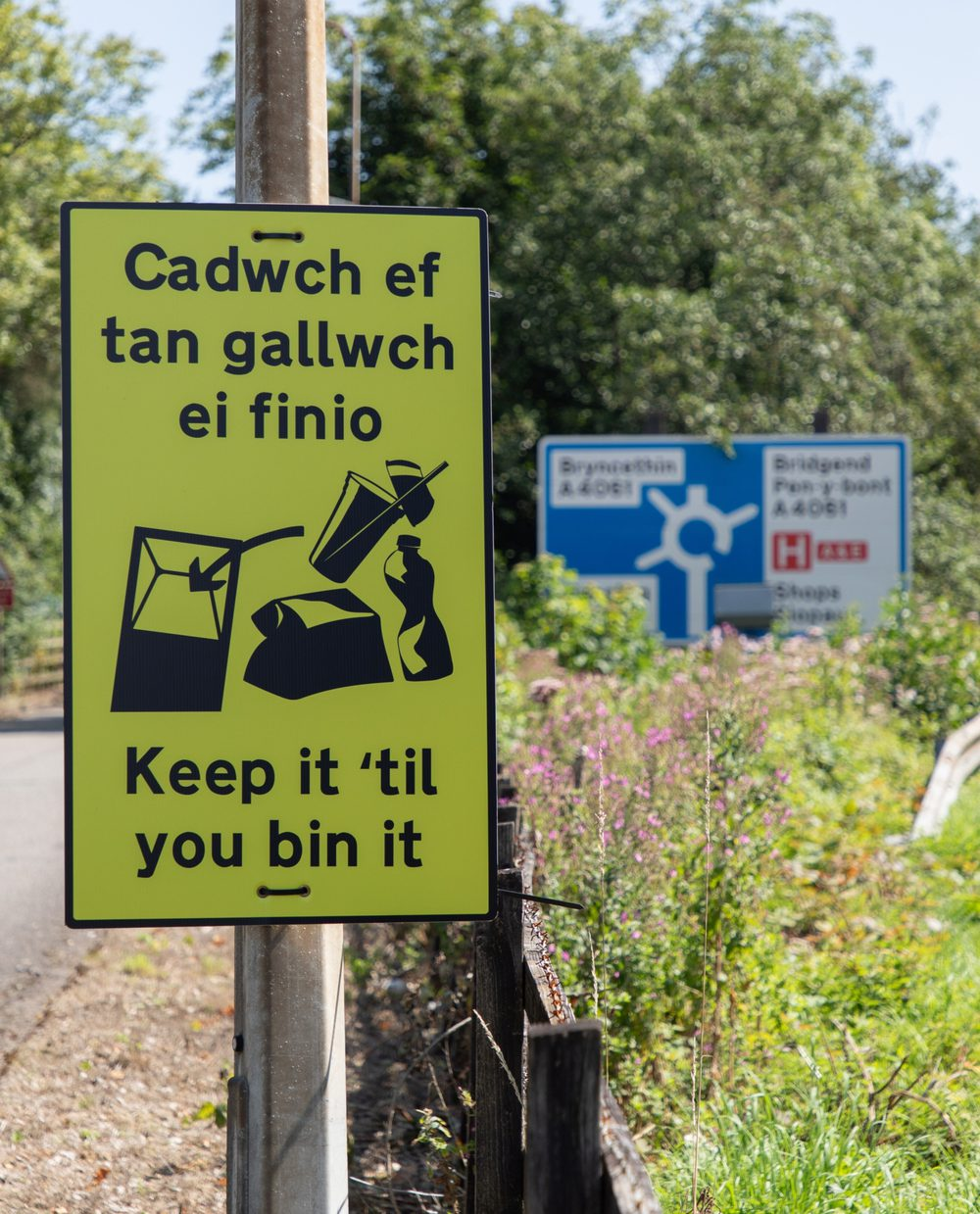Learn The History of England’s Garden Cities

Garden cities were inspired by town planner Ebenezer Howard, who wished to bring a better standard of living to crowded cities in the late 19th century. He wanted communities in urban areas to also enjoy fresh air and greenery.
It’s important if planning garden cities to know which trees and plants are toxic to horses, livestock and other animals.
Use no-dig gardening. Learn how to pet-friendly gardens and wildlife-friendly gardens. Avoid facing indoor foliage to outdoor gardens, to help stop birds flying into windows.
The Origins of the Garden City Movement
In the late 1800s, English cities boomed with factories but suffered from noise, smoke, and crowded slums. The countryside, by contrast, offered peace but little work. People packed into grey, squalid neighbourhoods, longing for something better.
Ebenezer Howard watched these problems grow. In 1898, he wrote a book called “Garden Cities of To-morrow.” Howard’s book filled with big ideas on how to fix broken cities, by building new towns from scratch. He wanted more than brick and mortar; he wanted hope.
Howard dreamed of places where city and nature worked together. His garden city plan called for:
- Clean air and green parks
- Local jobs close to new homes
- Affordable, well-built houses
- A shared sense of community
- Self-sufficiency, with each city supporting itself
He pictured self-contained towns ringed by green belts, not endless rows of buildings. These towns could offer fresh air, safety, and friendship, without losing the life of a busy city.
Letchworth Garden City

Letchworth (Hertfordshire) was founded in 1903, the first garden city. Planners picked a spot with good train links to London. The town’s layout blended houses, schools, shops, and green spaces.
Wide, tree-lined streets ran like the veins of a living organism. Letchworth’s people owned their own homes and shared parks, allotments, and social clubs.
The dream was clear: give families fresh air, good work, and a chance to build real communities. Many who moved here said their lives changed for the better. The town still attracts those looking for balance between town energy and country calm.
Welwyn Garden City
Welwyn Garden City (also in Hertfordshire) rose in 1920, 8 miles away from Letchworth. Its design took Howard’s template and polished it. Welwyn introduced more public gardens, better roads, and a focus on beauty in every detail. It became a showcase for careful planning.
Its main streets and public squares became models for later New Towns across Britain. Shops, parks, and jobs sat side by side, connected by leafy walkways.
Bourneville

The village of Bourneville (just outside Birmingham) was built by the Cadbury family, who were strict Quakers and wished to provide good homes and green spaces for their workers. Strict teetotallers, they invented drinking chocolate (to discourage workers from drinking gin!)
Bourneville still exists. A few years ago, Tesco Express applied for a license to sell alcohol, which was refused due to locals being concerned over broken glass litter. So Tesco went to court. And lost, as clever George Cadbury (perhaps realising what might happen 100 years later) had wrapped the deeds up in knots!
The supermarket instead now sells alcohol at its fuel station, just outside the village.
Hampstead
Hampstead Garden Suburb (London) was founded in by social reformer Henrietta Barnett, after she and her husband bought a weekend home in this affluent area of north-west London.
Inspired by the work of Ebeneezer, they set up trusts to buy 243 acres of land from Eton College, and the area eventually grew to over 800 acres of garden city space.
Garden Cities Around the World

England’s garden cities soon made waves beyond its borders. Town planners from every corner borrowed from Howard’s model for worldwide garden cities.
Suresnes (France)
This small town near Paris sits on a hill, across from the River Seine (you can see the Eiffel Tower). The streets are lined with trees, and people can walk in local parks and flower gardens. There are also local allotments, for people to grow organic food.
Den-En-Chōfu (Japan)
This town in a Tokyo neighbourhood is a peaceful and calm place to live, with wide streets and tree-lined footpaths. The houses all have gardens, and the parks have tall trees and flowers.
The town was inspired by English garden cities, planned by local man Eiichi Shibusawa. The 20-minute trip by train to the city, means it’s ideal for commuting, but still away from the hustle and bustle of Tokyo.
Greenbelt (Maryland, USA)
This small city was built in the 1930s, and again has many trees and parks, and homes that sit on curved streets, next to open green spaces.
Residents can reach schools, parks and shops without a car, and the area is super-easy to walk around, with lakes and nearby outdoor spaces.
Radburn (New Jersey, USA)
Again, this is a garden city designed around the same time, in 1929. A safe and friendly place to live with quiet houses, footpaths and green parks, the roads are unique in that they don’t cross the whole area.
Instead, people and cars move in separate spaces, helping to keep children, walkers and pets safe from traffic. The special ‘walkways’ enable people to walk from their homes to the park or school, without ever meeting cars. All homes face parks, not streets.
Tuindorp Vreewijk (Rotterdam, Netherlands)
One of the first Dutch garden cities, this mixes rows of brick houses, with shared courtyards and green gardens. Built around 100 years ago, each house has its own little garden, and the wide streets are all lined with trees.
There are many green parks for people to walk and relax, and the community spaces, small shopping streets and nearby schools make this a friendly place to live.
Tuindorp Oostzaan (Amsterdam, Netherlands)
Situated in north Amsterdam, this again has tree-lined streets, and sits just across the water from the city centre. The small houses are close together, but have their own gardens.
This area back in the day housed factory workers, and people still live there long after their closure, as it’s such a nice place to life – safe and peaceful for adults, children and pets. And it’s easy to reach the city centre by bus, ferry or obviously bicycle (this is Amsterdam!)
The Enduring Legacy of Garden Cities

The original garden cities remain nice places to live. And are good templates for mixed-use neighbourhoods, where people can live and relax, yet still walk to local shops and markets, and even walk to work.
Modern planners look to these early ideas to solve current issues:
- Urban sprawl
- Lack of affordable housing
- Traffic congestion
- Need for climate-friendly designs






